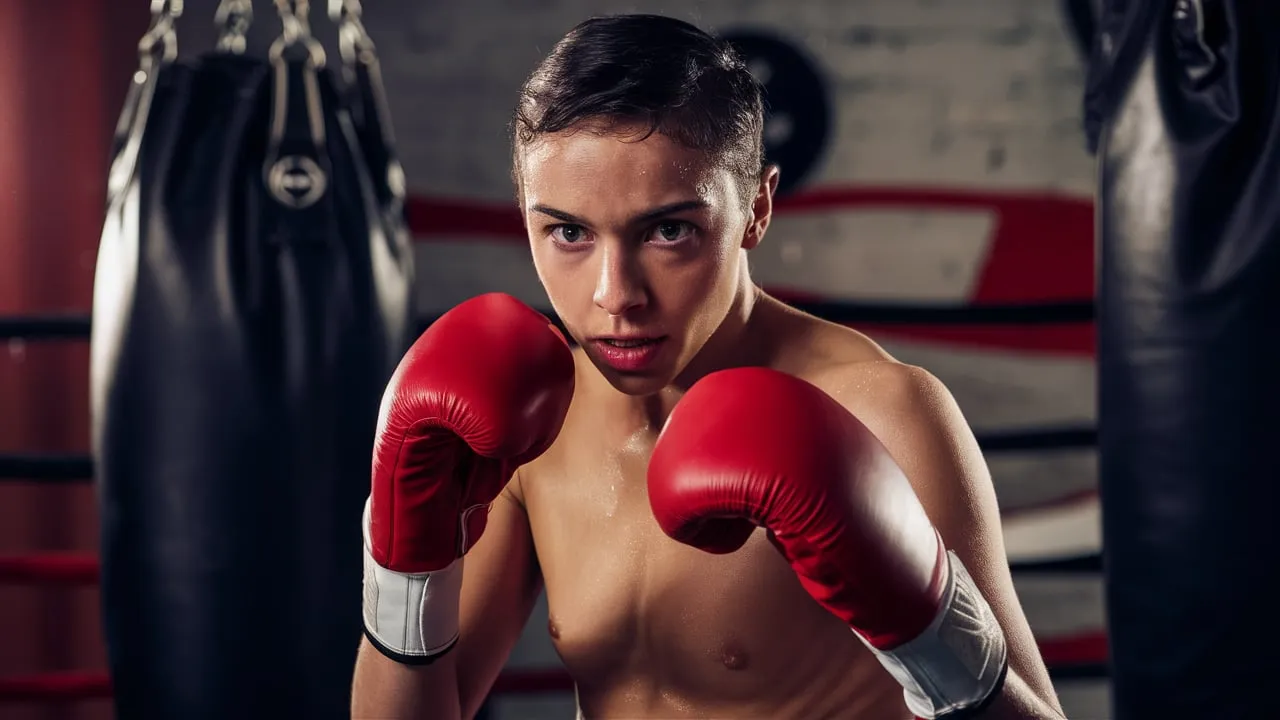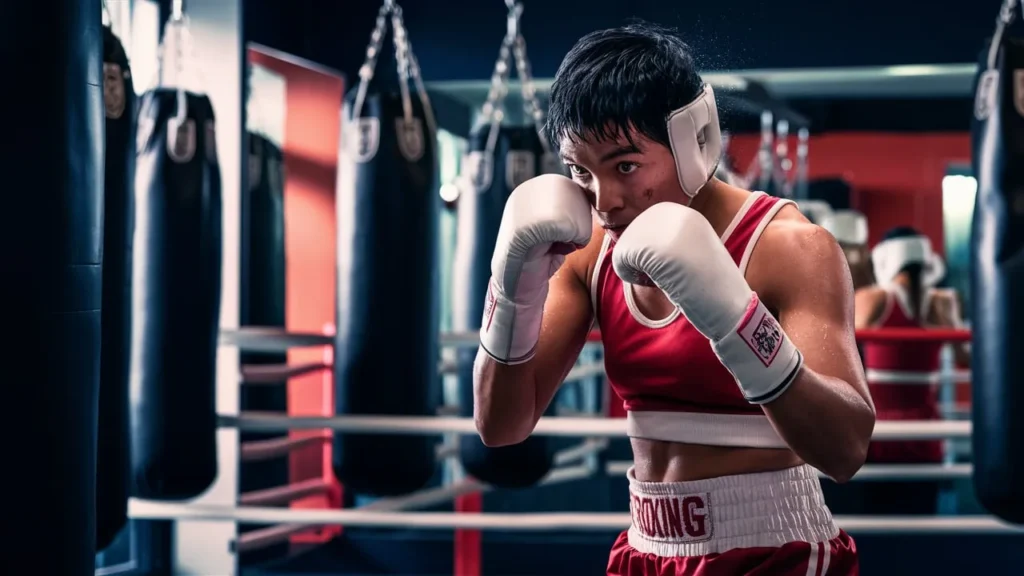Introduction to Boxing Stances and Techniques
Boxing is a dynamic and powerful sport that demands precision, strength, and technique. Whether you’re looking to get fit, improve your self-defense skills, or aspire to compete, understanding boxing fundamentals is the first step toward success. Among the most crucial skills for any boxer, whether amateur or seasoned professional, are proper stances and techniques.
For beginners, mastering these elements of boxing can feel overwhelming, but by breaking down the core concepts and techniques, you’ll find yourself on the right track. Boxing stances are the foundation of every move, determining how you balance, attack, and defend. Meanwhile, boxing techniques—such as punches, footwork, and defensive maneuvers—allow you to execute your strategies effectively.
This guide aims to provide a comprehensive overview of boxing stances and techniques, helping beginners understand the essentials and set a strong foundation for their training. We’ll explore various stances, common techniques, and how to use them in combination to maximize effectiveness in the ring. With this knowledge, beginners can train smarter, avoid injury, and improve both performance and confidence.

The Importance of Boxing Stances
What Are Boxing Stances?
A boxing stance is the position in which a fighter stands before delivering punches or executing defensive moves. Your stance is essential because it affects your balance, movement, and ability to both attack and defend. It also influences the types of punches and defensive techniques that are available to you during a fight.
There are two primary types of boxing stances: the orthodox stance and the southpaw stance.
Orthodox Stance vs. Southpaw Stance
- Orthodox Stance: This is the most common stance used by right-handed fighters. In this stance, the left foot is positioned forward, while the right foot is placed back, with the left hand held up for jabbing and the right hand positioned for power punches like the cross or hook. Approximately 70% of boxers use this stance.
- Southpaw Stance: This stance is used by left-handed fighters, where the right foot is forward and the left foot is back. In a southpaw stance, the right hand becomes the lead hand for jabs, and the left hand is used for power punches. Around 10-15% of boxers are naturally left-handed and prefer this stance, although it’s also used strategically by some fighters.
Understanding which stance works best for you is crucial. If you’re right-handed, the orthodox stance may feel natural, but if you’re left-handed, a southpaw stance might offer more advantages, especially in certain situations where you face an orthodox opponent.
Why Your Stance Matters
Your stance plays a major role in your ability to:
- Maintain Balance: A good stance provides a strong base and ensures you’re not easily knocked off balance, especially during quick movements.
- Generate Power: Proper positioning allows you to generate more power in your punches.
- Move Efficiently: Good footwork is easier to execute from a solid stance. Whether you’re moving forward, backward, or sideways, the stance impacts your ability to pivot and respond quickly.
- Defend Effectively: A strong stance makes it easier to block or evade incoming punches.
The Core Boxing Techniques You Need to Know
Punching Techniques
In boxing, punches are the primary way to score points and win rounds. There are several types of punches that every beginner should learn, each with its specific purpose.
1. Jab
- Description: The jab is a quick, straight punch delivered with the lead hand. It’s often used to set up other punches and maintain distance.
- Key Points: Keep your elbow slightly bent, punch straight from your shoulder, and return your hand quickly to your guard position.
- Purpose: It’s an excellent tool for controlling range, disrupting an opponent’s rhythm, and setting up combinations.
2. Cross
- Description: The cross is a powerful straight punch thrown with the rear hand. It’s delivered after the jab and is typically more forceful.
- Key Points: Rotate your back foot and hip to generate power while keeping your hand in line with your body.
- Purpose: The cross is used to deliver knockout power and can be thrown after a jab to create a combination.
3. Hook
- Description: The hook is a curved punch thrown with either hand. It targets the side of the opponent’s head or body.
- Key Points: Keep your elbow bent and strike with the knuckles. Rotate your hips to add force.
- Purpose: The hook is great for close-quarters fighting and breaking through an opponent’s guard.
4. Uppercut
- Description: The uppercut is an upward punch that can be thrown with either hand.
- Key Points: Drop your body weight slightly, then explode upward into the punch.
- Purpose: This punch is especially effective when your opponent is in close range and their guard is low.
Footwork in Boxing: The Key to Fluid Movement
The Role of Footwork
Footwork is one of the most vital aspects of boxing. It allows you to move swiftly around the ring, maintain your balance, and generate power in your punches. Effective footwork ensures that you stay in an optimal position to strike and defend.
There are several types of footwork that are essential for beginners to learn:
1. Step and Slide
- Description: This is the most basic footwork used to move forward or backward. You push off your back foot and step with your front foot, or vice versa.
- Key Points: Always keep your feet shoulder-width apart, and don’t cross your feet.
2. Pivoting
- Description: Pivoting is when you rotate on one foot to change direction while maintaining balance. It’s crucial for avoiding attacks and counter-punching.
- Key Points: Keep your weight on the ball of your foot when pivoting and rotate your hips along with your feet.
3. Angle Step
- Description: The angle step allows you to move out of the direct line of an opponent’s punches, creating new opportunities for attack.
- Key Points: Step to the side at a 45-degree angle while maintaining your defensive guard.
Defensive Techniques

1. Blocking
Blocking is the primary way to defend against punches in boxing. To block effectively:
- Keep your hands high to protect your head.
- Use your forearms to shield your body against body shots.
- Stay relaxed to absorb the impact of punches rather than tensing up.
2. Slipping
Slipping involves moving your head to the side to avoid a punch.
- Keep your guard up while slipping to avoid opening yourself to a counterattack.
- Use your torso to help with the motion and keep your balance.
3. Rolling
Rolling is a defensive move used to evade hooks or other wide punches by bending your knees and rolling your body under the punch.
- Use your hips to generate the roll, allowing your head to move beneath the incoming punch.
Combining Stance and Technique: Creating Effective Boxing Combinations
What Are Boxing Combinations?

Boxing combinations are sequences of punches thrown in rapid succession. The idea behind combinations is to keep your opponent guessing while creating openings for powerful strikes.
A common combination for beginners is the jab-cross combination. This combo allows you to establish range with the jab and follow up with a strong cross. As you improve, you can start adding hooks and uppercuts to create more complex patterns.
Here’s an example of a basic combo:
- Jab (lead hand)
- Cross (rear hand)
- Left hook (lead hand)
Tips for Effective Combinations:
- Keep your punches tight and avoid overextending.
- Stay fluid—don’t rush the punches; let them flow naturally.
- Use feints to confuse your opponent and create openings.
People Also Ask
What is the most common boxing stance for beginners?
The most common boxing stance for beginners is the orthodox stance, which is typically used by right-handed boxers. In this stance, the left foot is forward, the right foot is back, and the left hand is used for jabs while the right hand is used for power punches like the cross.
How do I choose between an orthodox and southpaw stance?
You should choose your stance based on which hand is your dominant hand:
- If you’re right-handed, you’ll fight in an orthodox stance (left foot forward, right foot back).
- If you’re left-handed, you’ll fight in a southpaw stance (right foot forward, left foot back). Some boxers can switch between stances during a fight to confuse their opponent.
Can I learn boxing without a coach?
While a coach is ideal for personalized feedback, beginners can still make progress by watching instructional videos, practicing shadowboxing, using a heavy bag for punching practice, and improving fitness through cardio and strength exercises.
How do I improve my boxing stance?
To improve your stance, focus on staying balanced with feet shoulder-width apart, knees slightly bent, and weight on the balls of your feet. Keep your hands up to protect your face, and ensure you’re ready to move quickly in any direction.
Conclusion
Becoming proficient in boxing takes time, dedication, and consistent practice. By mastering the basic stances and techniques outlined in this guide, you’ll build a strong foundation for success. Whether you’re aiming for fitness, self-defense, or competition, understanding these core principles will help you improve both in the ring and in everyday life.
Key Takeaways:
- Your stance determines your balance, power, and movement.
- Effective punching techniques include the jab, cross, hook, and uppercut.
- Footwork ensures you can move fluidly and maintain a strong defensive position.
- Combining defensive techniques like blocking, slipping, and rolling helps you avoid getting hit.
The journey to becoming a skilled boxer begins with these basics. Consistent practice and commitment to improving your technique will serve as the building blocks for all your future training. Keep practicing, stay focused, and remember that mastery in boxing, like any skill, comes with time and perseverance.




